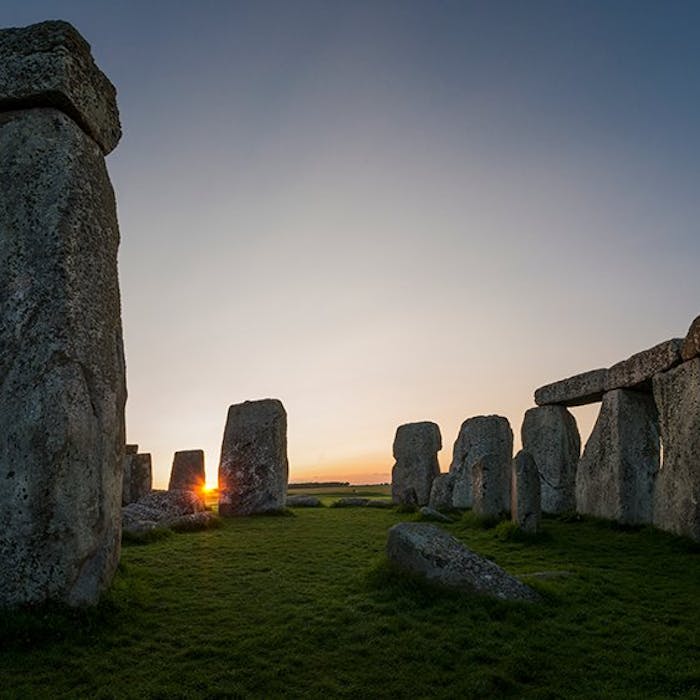
Midsummer's Day in Britain - solstice celebration
The longest day of the year has been marked by traditional celebrations in Britain since ancient times. But there are different interpretations on when "Midsummer" formally occurs, and, in fact, in astronomical terms, the summer season actually STARTS in mid-June.
The Druid tradition is particularly associated with the festival of the Summer Solstice, which in Druidry is called Alban Hefin, which means 'The Light of the Shore'. As with the festival that marks the mid point of winter, so that of midsummer is also divided into two. It begins with the celebrations of the summer solstice, which, according to the astronomical clock, is at some specific point between 20th – 23rd June. Druids claim it takes three days before they can be certain simply by watching the horizon that the year has turned on its axis, and the sun is rising further towards the east once more.
The Earth's axis is tilted as it travels around the Sun, so some parts of the Earth receive more sunlight each day than others. As the Earth moves round the Sun, the hours of daylight change, and this is how we get seasons.
What is known as Midsummer’s Day is a matter of some dispute, though generally accepted to be between 23rd – 26th June (and usually thought of as the 24th). In the Christian tradition, it is St John’s Day, and is especially important in some gnostic and mystic limbs of the faith.
When Shakespeare wrote A Midsummer Night's Dream, he had a particular time in mind… not perhaps what we think of as Midsummer, but the vigil, or eve, of the Feast of St John the Baptist, on 24th June.
Stonehenge is a particular focus for celebrating Midsummer, as the rising sun aligns with the positioning of the stones. On the night before midsummer, a group of white-robed Druids traditionally gather to watch the sun rising. As it does, it ascends exactly over the Heel Stone, one of the stones that lie outside the main circle at Stonehenge.
The Royal Observatory, Greenwich, says that in astronomy, the June Solstice (which is defined by a point in the Earth’s orbit around the Sun) signifies the beginning of summer in the Northern Hemisphere, and the beginning of winter in the Southern Hemisphere. Summer thus starts with the Summer Solstice and lasts until the Autumn Equinox when the hours of daylight and night are equal.
Summer solstice 2021 in Northern Hemisphere will be when the sun rises at 04:31 on Monday 21 June.
The Winter Solstice is the shortest day.
Further reading
Links to external websites are not maintained by Bite Sized Britain. They are provided to give users access to additional information. Bite Sized Britain is not responsible for the content of these external websites.
